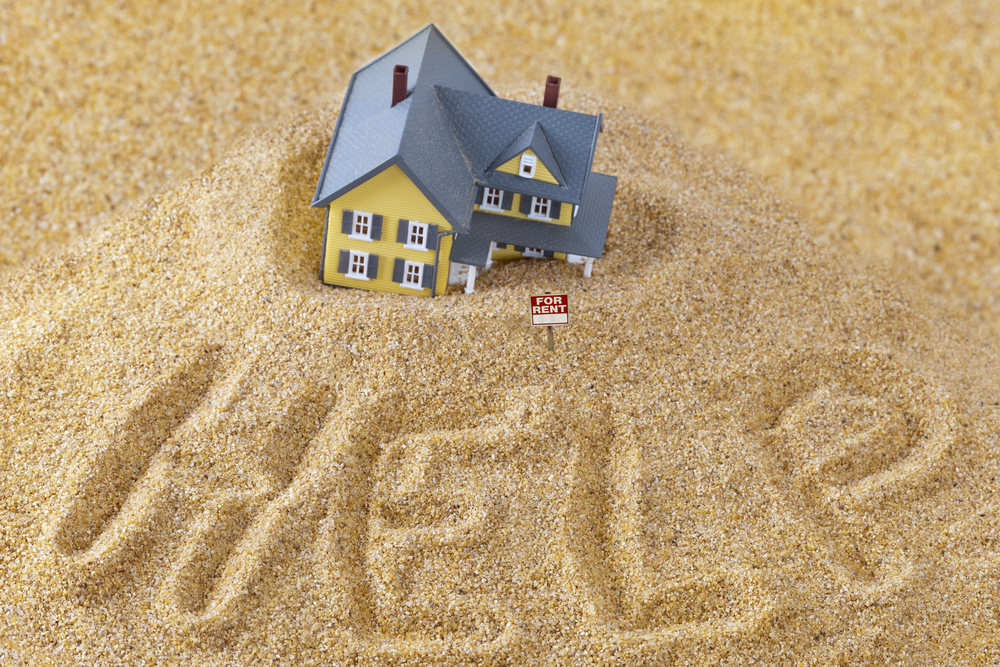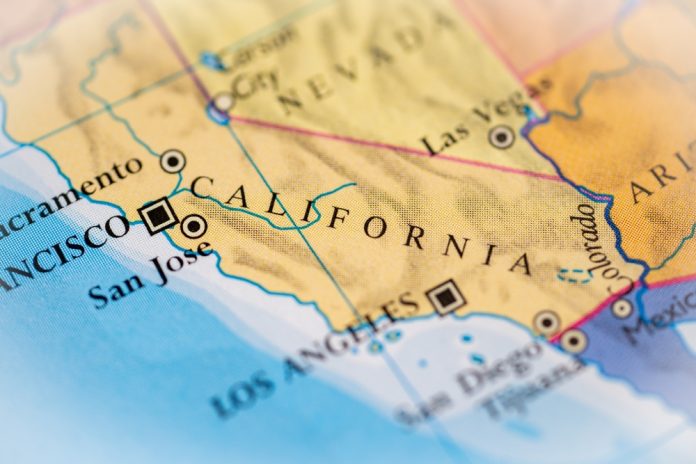If you live in California or Florida — like I do — a new housing risk report deserves your full attention…
This isn’t a sensational headline; it’s a snapshot of several forces (costs, climate, and job stability) converging to make ownership more precarious in many communities. If you’re in one of these states, you know just how precarious it can be.
But, reading a headline about it and understanding why risk is so high in these states are two different things. So, let’s walk through the report’s findings, explore what “risky” really means for homeowners and buyers, and consider questions to ask before making one of the biggest financial decisions of your life.
What the Report Says
This analysis is drawn from ATTOM’s recent housing risk report — a national look at which counties are most exposed to housing stress. In short, of the 50 highest-risk counties, 14 are in California and seven are in Florida. Other states like New Jersey and Louisiana also show up repeatedly, but the concentration in California and Florida is striking.
The riskiest county on the list? Charlotte County, Florida — Punta Gorda — a Gulf Coast community that’s been flagged for the combined pressures of affordability, disaster risk, and local economic strain.
How They Measured Risk
ATTOM didn’t pull this ranking out of thin air. They used four measurable factors that together act like a housing stress test:
- Affordability relative to income
- The share of mortgages that are seriously underwater
- Foreclosure rates
- County-level unemployment
If a county scores poorly across several of these, it’s more vulnerable to rapid declines in home values and a rise in distress sales if economic conditions worsen.
The Affordability Crisis

Nationally, the typical homebuyer now spends roughly 34% of income on housing — above the commonly cited 30% threshold for “affordable.” But averages hide extremes. In nearly 20% of U.S. counties, households would need to spend half of their income to buy and maintain a typical home.
Some places are in crisis territory: Marin County (CA) shows an affordability ratio north of 100% — meaning the typical home costs more than an entire year’s income for the average household. Santa Cruz, Maui, and certain boroughs in New York show similar, unsustainably high numbers. Those figures practically require multiple incomes, family help, or risky borrowing to bridge the gap.
Market Pressure: High Prices, Slowing Sales
Another troubling sign is the split between record-high prices and falling transaction volumes. When prices climb to new highs but buyer activity drops, you get a fragile situation: homeowners have equity on paper, but if demand weakens and buyers disappear, that equity can erode quickly.
That’s the scenario many experts worry about — not some sudden national collapse, but localized corrections that can be sharp in markets where buyers are stretched the most.
California & Florida Spotlight
What makes these two states stand out is the added costs and risks tied to weather and climate. In California, it’s wildfires, smoke, and buildings lost to fire. Insurers are responding by pulling back coverage or dramatically increasing premiums, which turns a mortgage that looked manageable into an ownership cost that can feel impossible.
Florida faces hurricanes, flooding, and skyrocketing home insurance premiums in many coastal and barrier-island communities. For some homeowners, the insurance bill has become the decisive factor forcing them to sell or walk away — not the mortgage alone.
The Underwater Mortgage Problem
 Nationally, just a small share of homes is underwater, but there are concentrated pockets where negative equity is a real problem. In parts of Louisiana — for instance — more than 10% of homes can be so deeply underwater that owners have little choice but to default if another shock hits.Negative equity dampens mobility and increases foreclosure risk, which in turn weakens local markets and makes recovery slower and more painful.
Nationally, just a small share of homes is underwater, but there are concentrated pockets where negative equity is a real problem. In parts of Louisiana — for instance — more than 10% of homes can be so deeply underwater that owners have little choice but to default if another shock hits.Negative equity dampens mobility and increases foreclosure risk, which in turn weakens local markets and makes recovery slower and more painful.The Flip Side: Safer Markets
Not every market is at risk. ATTOM’s report also highlights counties where housing is comparatively affordable and stable — places where the local job market supports homeownership and people aren’t spending more than 30% of their income on housing.
These safer counties — examples include Erie County (Buffalo), parts of upstate New York, and counties in the Midwest and Southeast — illustrate that affordable, stable homeownership still exists in many parts of the country.
What This Means for You

This report is a warning light — not a crash siren. If you live in a high-risk county, take these steps: consider the total cost of ownership (including insurance), evaluate job stability, maintain emergency savings, and be realistic about how much mortgage stress you can afford. Sellers should price with caution and understand buyer sensitivity. Buyers should avoid stretching to the breaking point.
Practical questions to ask before you buy: Can I keep this home insured long-term? How would a lost job or a 20% hit to household income affect my mortgage payments? If disaster strikes, what are realistic repair and recovery costs?
My Perspective
Living and working as a real estate agent in California, I’ve seen these pressures up close: wildfire evacuations, sudden premium spikes, and families forced into impossible choices. My takeaway is simple: stay informed and plan for the full cost of ownership, not just the monthly mortgage payment.
FAQ
What does “risky housing market” mean?
“Risky” in this report means a county shows several stress factors at once — poor affordability relative to income, higher-than-normal foreclosure or underwater mortgage rates, and weaker employment. Taken together, those conditions increase the chance home prices could fall or become very hard to sustain for many owners.
Is this a sign of a nationwide housing crash?
No — the report highlights vulnerabilities at a county level, not a guaranteed national collapse. It’s a warning about localized risks where costs, climate, and economic instability intersect. Some areas may correct; others will remain stable.
If I live in California or Florida, what’s the single most important thing I should check?
Look at the total cost of ownership — especially insurance. In both states, disaster-related insurance costs can convert an affordable mortgage into an unaffordable monthly payment. Also consider job stability and emergency savings to weather income shocks.
Can homeowners protect themselves against these risks?
Yes. Maintain an emergency fund, keep realistic borrowing limits, shop for insurance options early, and get professional advice about local risks (flood zones, fire history, etc.). If you’re buying, consider a conservative offer that leaves room for insurance or repair costs.

